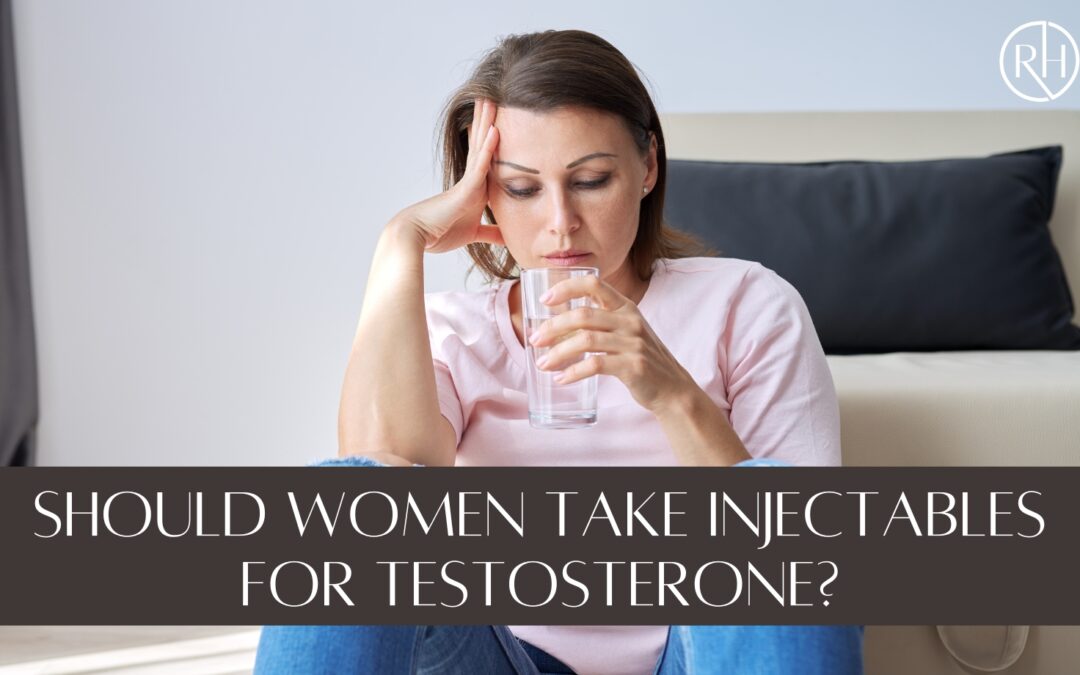When you read the title above, you might think something is wrong. Did you misread it? Did the writer make a mistake? Is this about gender transition? The answer to all of these questions is: No. Here’s what we are talking about.
To most people, testosterone is associated with masculinity, which is understandable. However, this hormone is also essential for women’s health. Women naturally produce testosterone in their ovaries and adrenal glands, and it plays a crucial role in maintaining muscle mass, bone density, and overall well-being.
The range for a woman’s normal testosterone level is about 15 to 70 nanograms per deciliter (ng/dL) — the level peaks at about 19 years old and declines afterward. In comparison, the normal testosterone range for men is around 300 to 1,000 ng/dL.
At some point in their lives, especially before, during, and after menopause, women may experience a deficiency in testosterone, and levels can drop to 20ng/dL or less. This can have noticeable adverse effects on their health and quality of life.
For women with testosterone deficiency, one option to boost testosterone levels is to take testosterone injections. But is that a safe and effective choice for women?
Understanding the Basics
First, it’s essential to understand why women produce testosterone. Testosterone is a type of androgen hormone that promotes the development of specific physical characteristics. Women need testosterone for various physiological functions, including the growth and maintenance of muscle and bone mass, reproductive and other critical body tissues, and for promoting overall energy levels. It also plays a role in regulating the menstrual cycle and supporting the production of estrogen, the primary female sex hormone.
Testosterone deficiency in women can lead to various symptoms, including decreased libido, fatigue, muscle weakness, sleep problems, depression, difficulty concentrating, weight gain, and reduced bone density. Low testosterone levels can also increase the risk of developing certain health conditions, such as osteoporosis, heart disease, and diabetes.
Options for Addressing Hormonal Imbalances
There are several approaches that women can take in addressing a hormonal imbalance, and one of those options is to engage in hormone replacement therapy or HRT. Testosterone is available for women in several forms, including patches, creams/gels, pellets, and injections. Creams/gels and patches can be highly unpredictable in terms of how effectively or consistently your skin absorbs them. Therefore it’s difficult to control the dosage you’re receiving and patients rarely achieve optimal blood levels and symptom resolution with these methods.
Pellet therapy is highly invasive (involves surgically implanting a small pellet underneath your skin) and often leads to very suboptimal results. This form of testosterone therapy is the longest acting form, releasing testosterone into your body over the course of 3 – 6 months. This usually gives patients a supraphysiological high spike in testosterone initially, followed by a gradual decline, often resulting in the patient feeling very low for a period of time during the end of the cycle. Again, this is not ideal. The ideal would be to try to mimic natural production with steady, consistent levels. Injections typically provide the desired result.
Administering testosterone via intramuscular (IM) or subcutaneous (SubQ) injection has long been the tried and true delivery method for men. However, it has become increasingly more popular with women now that we have compounding pharmacies that can make “low-dose” concentrations of injectable testosterone for women, allowing us to tailor the dose very low and precisely to mimic what a woman naturally produces. Testosterone administration via injections is the preferred treatment method because it is by far the most consistent in terms of how much your body is getting and is able to use. It is also the easiest form to adjust dosing and/or frequency of administration if you need to make a change based on lab values or how you feel.
How Should Women Address Testosterone Deficiency?
If you believe you have a testosterone deficiency, have your blood tested. A blood test can reveal your testosterone level and indicate whether your levels are within the normal range and, if so, where you land within the spectrum. If your levels are low, the next step is to consider lifestyle changes that can naturally boost your body’s production of testosterone. Some helpful methods:
- Increase Vitamin D, either with a supplement or by going out in the sun
- Increase zinc intake, either with a supplement or a dietary change
- Cut down on sugar consumption
- Engage in weight-bearing exercises
- Do shorter workouts with shorter rest periods
- Lose excess weight
- Get more sleep
- Reduce stress
- Consume healthy fats
All of these changes can help your body rejuvenate and remove some of the barriers inhibiting your endocrine system from functioning correctly. For additional help, consider taking injectables that can boost your testosterone levels. With consistent monitoring of your testosterone levels through injectables and lifestyle changes, you can quickly achieve optimal testosterone levels.
REVV Health: For Optimum Vitality
At REVV Health, we help clients achieve hormonal optimization. Optimization is more than achieving a hormonal balance that produces levels within an individual’s “normal” range. We work with you to bring your body into a state that optimizes all your hormonal levels – including testosterone – so you can feel your best and maintain your fitness, youthfulness, and a healthy lifestyle.
Good health begins with fundamentals, and one of the most critical metrics that indicate your physical well-being is whether your endocrine system is functioning optimally. To find out more about how we can get your body back on track toward giving your more energy and greater long-term well-being, contact REVV Health today!


